#space photography
Text
Orion & Horsehead Nebula

#astronomy#nasa#astronomers#universe#astrophotography#nasa photos#astrophysics#outer space#nasawebb#hubble space telescope#deep sky#sky#i love astronomy#astronomy facts#astrography#astrobiology#astronauts#planetary science#space program#space travel#space science#space exploration#space#space photography#science facts#galaxies#galaxy#planetary nebula#cosmos#astro observations
55 notes
·
View notes
Text

<3
57 notes
·
View notes
Text
Smoking Companions or Messier 82 & 81



Bode and Cigar Galaxy or M81 & M82 in the constellation Ursa Major about 12 million light years away from us.
M81 (left) is a Hubble-type spiral galaxy, like about 10% of all spiral galaxies.
M82 passed its galactic neighbor M81 about 500 million years ago and this significantly increased the star formation rate in M82 (starburst). As a result, it is one of the brightest galaxies in the infrared and also in the radio wavelength range.
Almost 15hours of data were used to process this picture.
Bilddaten:
- RGB 153 x 300s / Gain 100
- Dual 29 x 360s / Gain 100
- 25 Flat Dark
- 25 Flat Darks
- 25 Darks
Setup:
- Skywatcher 150/750 F5 PDS
- Omegon 571C
- Skywatcher EQ6R Pro
- Zwo Asi 178mm als Guide cam
24 notes
·
View notes
Text
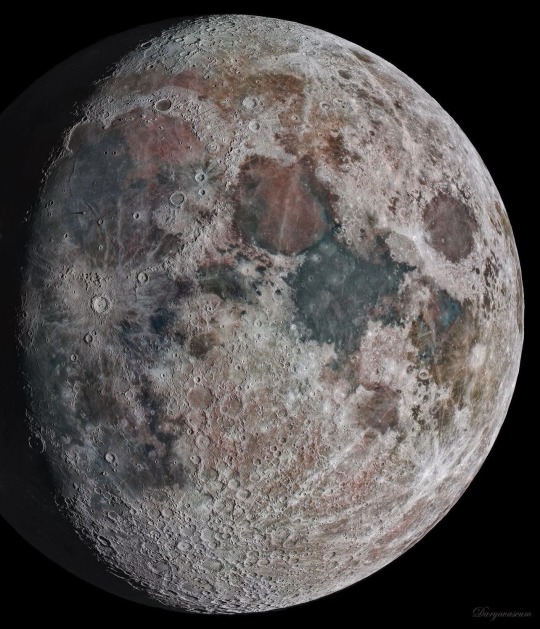



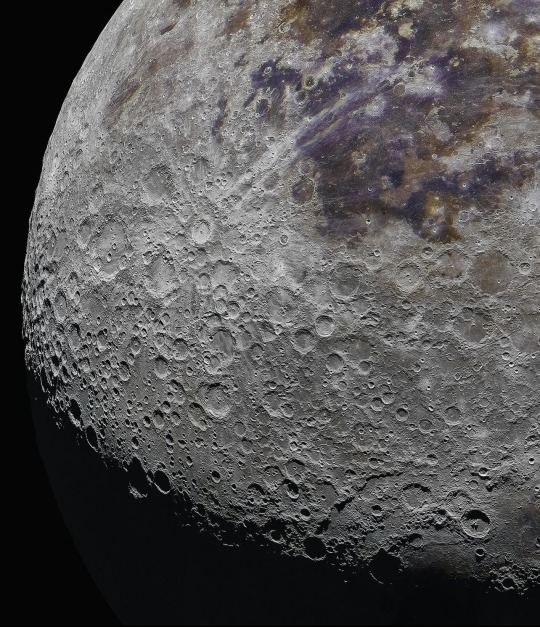

The Most Detailed Images of the Moon ever (2023)
Photographer Darya Kawa stacked (133,000) frames and 147GB worth of data to achieve this. I've been working on this project since 4 days ago. This image takes up to 22 hours of editing and stacking since the amount of data was so massive.
Kawa took almost a quarter million frames (231,000) and i spend unimaginable amount of work over the course of 3 weeks to process and stack all the data which was equivalent to 313 GB.
13K notes
·
View notes
Text

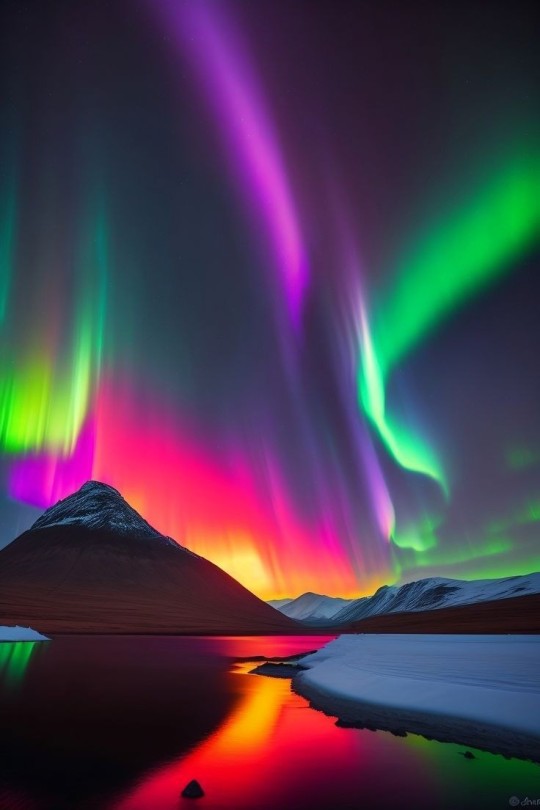


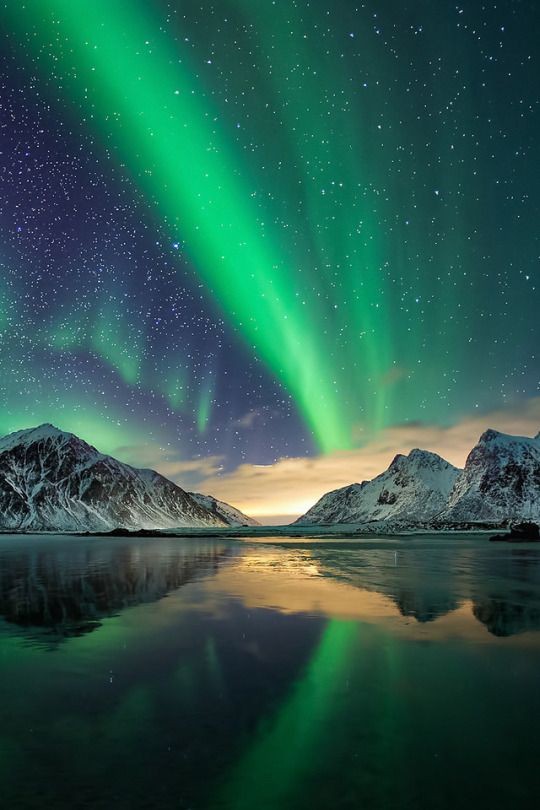
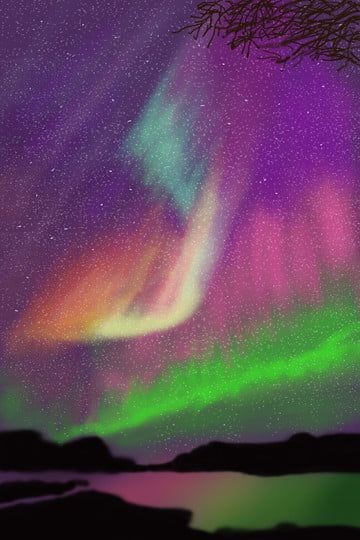
3K notes
·
View notes
Text

NGC 7293 Helix Nebula in Aquarious constellation
Credit: Vista Telescope
#helix#nebula#astrology observations#astrophotography#photographers on tumblr#galaxy#universe#europa#international space station#space photography
5K notes
·
View notes
Text
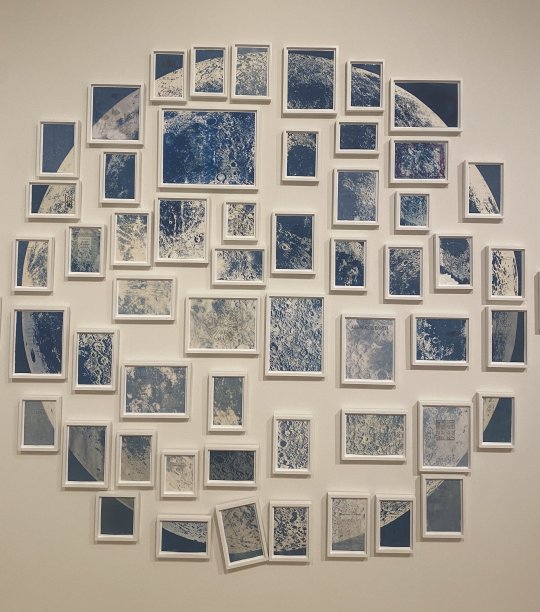

Ala Ebtekar, Thirty-Six Views of the Moon (from the San Jose Museum of Art)
Cyanotype prints on found book pages exposed to moonlight.
Thirty-six Views of the Moon is a collection of night exposures, left from dusk till dawn and exposed by moonlight on book pages from texts referencing the moon and night sky spanning the last ten centuries. Working with photographic negatives of the Moon from the Lick Observatory archives in Northern California and treating each book page with Potassium ferricyanide and Ammonium ferric citrate (cyanotype) to make the surface of the page light-sensitive, the pages are then exposed overnight by the UV-light emitted by the moon. The work takes its cue from a poem by Omar Khayyam that imagines us as the objects of the Moon’s omnipresent gaze and, in response, produces a vignette of windows on the Moon that abstract the typical celestial gaze, merging galaxy with ground to collapse space and time.
(McEvoy Foundation for the Arts)
#art#ala ebtekar#cyanotype#things i wish i could show namjoon#photography#art exhibition#book pages#moonlight#moon#space#indigo coded#indigo#printmaking#photo art#double exposure#space photography#moon photography
15K notes
·
View notes
Text
The Butterfly Nebula (HST)
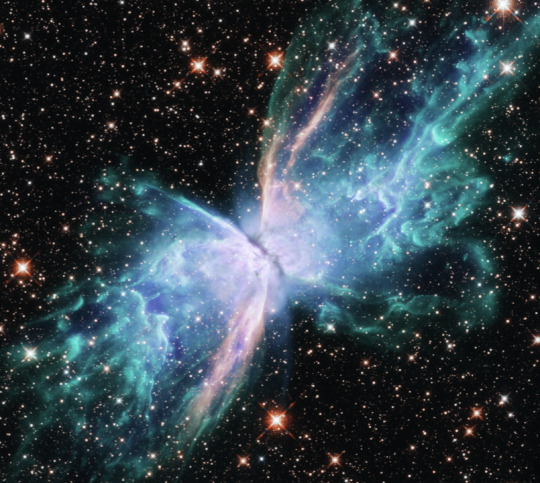
#again for the aesthetic colour blogs#i do this for you#astronomy#space#space photography#astrophotography#hubble space telescope#nasa#butterfly nebula#nebula#stars#space aesthetic#blue aesthetic
1K notes
·
View notes
Text
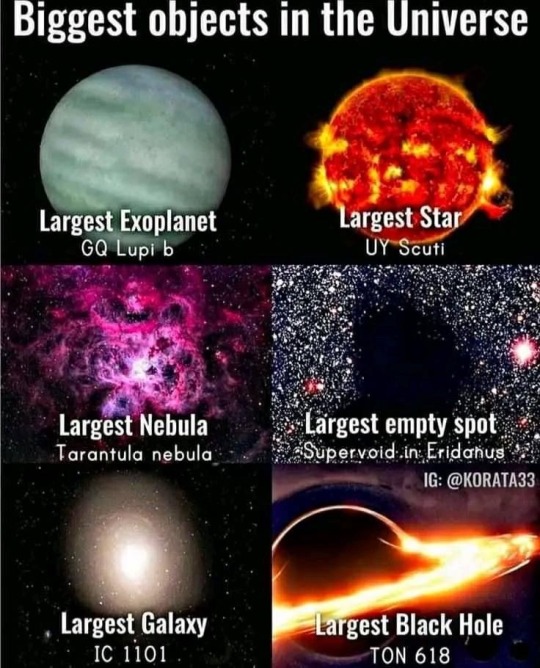
James Webb Space Telescope
#space#space photography#space images#biggest things in space#james webb space telescope#jwst images#special interest#feel free to share/reblog#James Webb Space Telescope (Facebook)
593 notes
·
View notes
Text
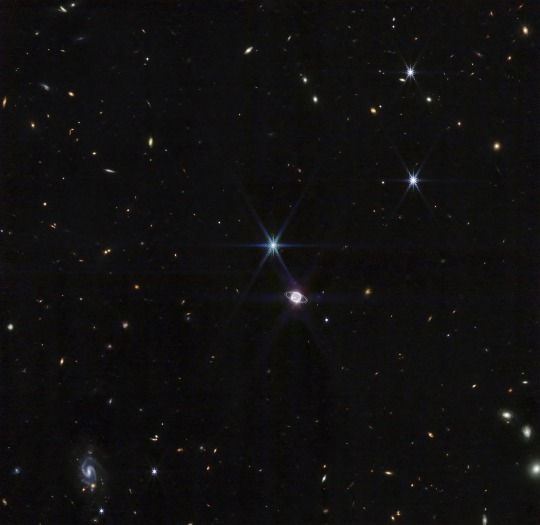
neptune
#neptune#astronomy#space#planets#solar system#galaxycore#galaxy#james webb images#james webb space telescope#james webb telescope#james webb space technology#james webb photos#space photos#space photography#stars#spacecore
1K notes
·
View notes
Text

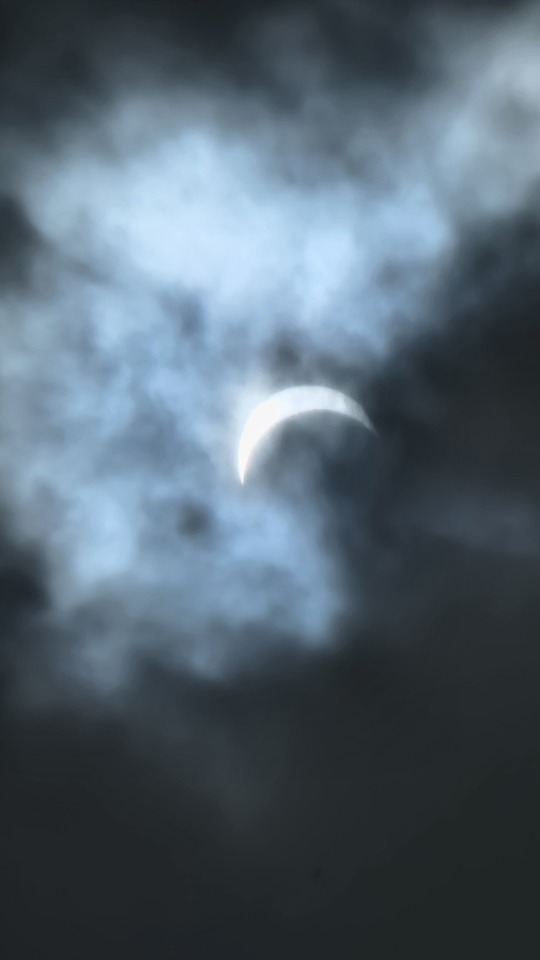
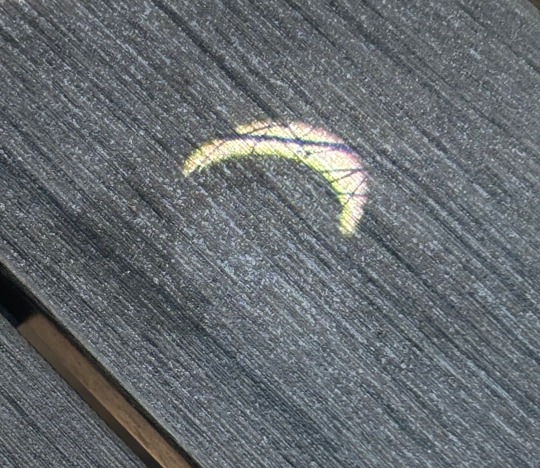
Alexa play Total Eclipse of the Heart
Total eclipse in upstate New York
[ID: photos of an eclipsing sun on a cloudy day, and one of the shadow of an eclipse on the floorboards. /end] ID by @bisexualshakespeare
#my view in upstate New York#solar eclipse#nasa#astronomy#space#total eclipse#my photography#total eclipse of the heart#space photography#photography#nature photography
424 notes
·
View notes
Text



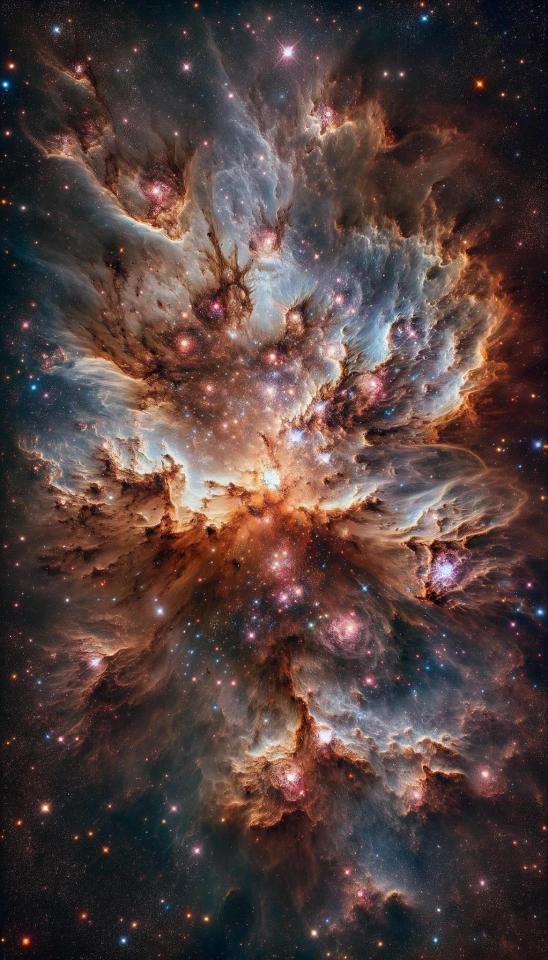
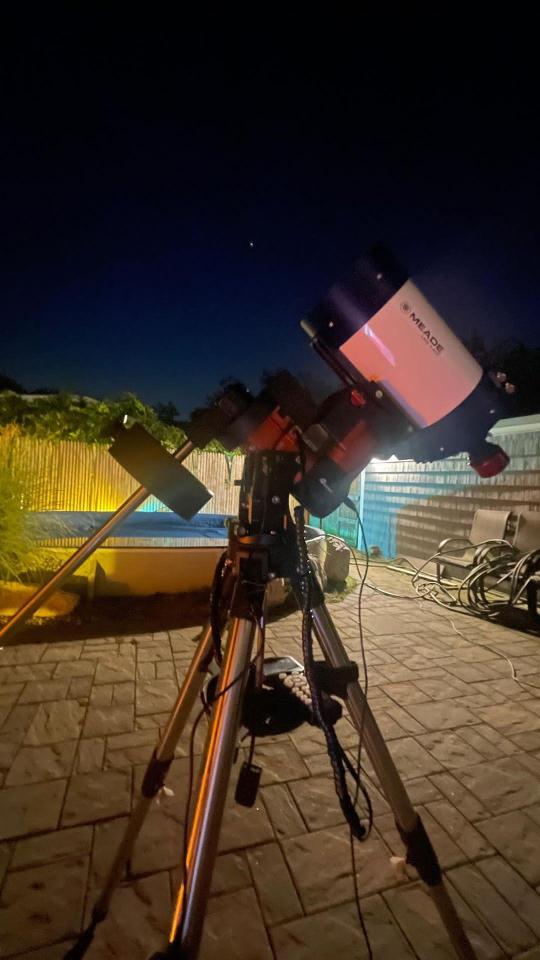
Think we're the only planet with life? 350mp quality. Remember to download to your phone and zoom in. Gets even more beautiful. Yes this is a nebula, yes I know there’s no life in a nebula. Of course these are not real photos. Duh!
#astronomers#astrophysics#astrophotography#astronomy#space station#hubble space telescope#james webb images#james webb#nasawebb#nasa#space photography#universe#astrology#astro observations#astro notes#asterion#telescope#james webb space telescope#mars planet#jupiter planet#saturn planet#planet#planets#space science#space#outer space#james webb space technology#space exploration#jet propulsion#i love astronomy
11K notes
·
View notes
Text

900 notes
·
View notes
Text

the anteroom of paradise
#artists on tumblr#photography#astrophotography#astrophysics#astronomy#astro observations#astro community#astronomical observation#astronomical objects#nebula#nasa#space photography#galaxies#space#outer space#science#cosmos#universe#cosmology
763 notes
·
View notes
Text

Milky Way - Campo Imperatore.
Abruzzo , Italy.
#campo imperatore#abruzzo#italy#italian photography#robertocastigliaphotography#milky way#galaxies#astronomy#space#space photography#night sky#night photography#nasa#astroworld#astrophotography#solar system#astrophysics#planets#long exposure#landscape
563 notes
·
View notes
Text

"A specal color reconstruction of the eruption of the volcano Loki pn the Iovian satellite Io. The picture was taken by the Voyager I from a range of about half a million kilometers." March 5, 1979.
Voyage to Jupiter. 1980. Scientific and Technical Information Branch NASA.
#nasa#space exploration#jupiter#io#volcano#moon#space photography#astronomy#nemfrog#1979#1980#1970s#voyager 1
453 notes
·
View notes